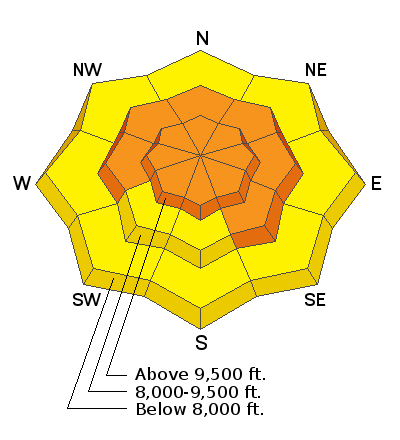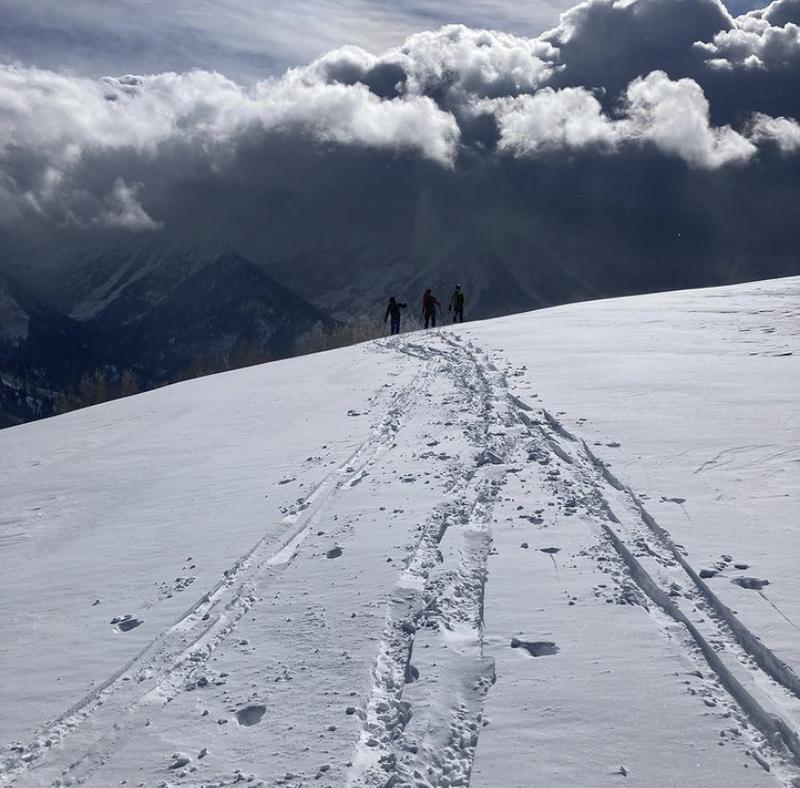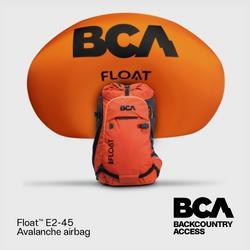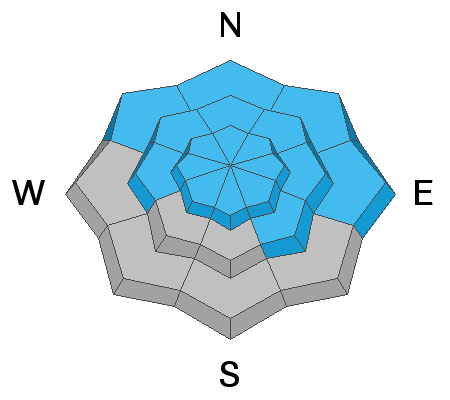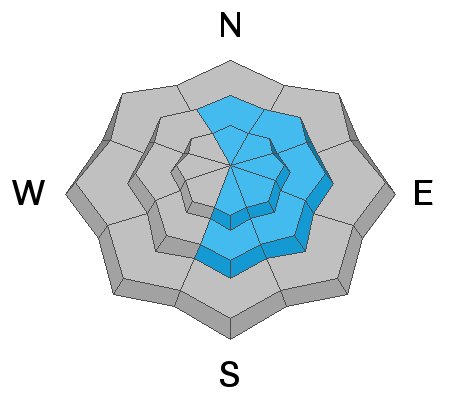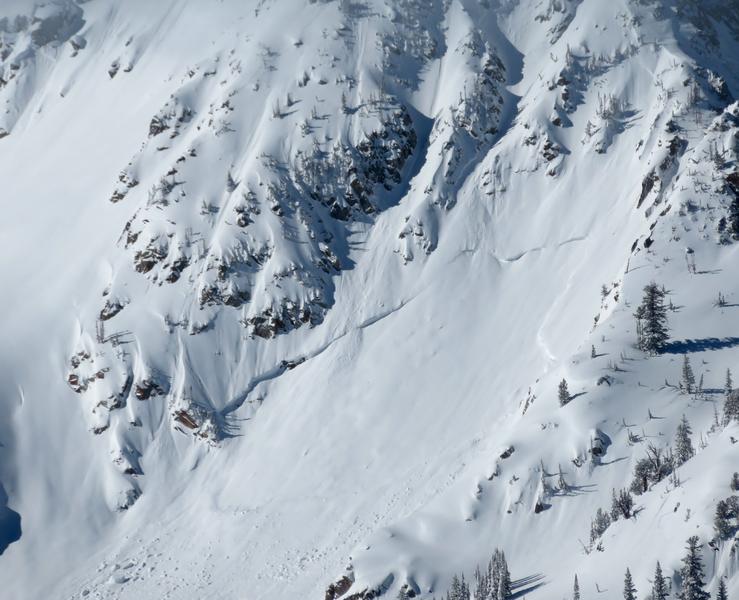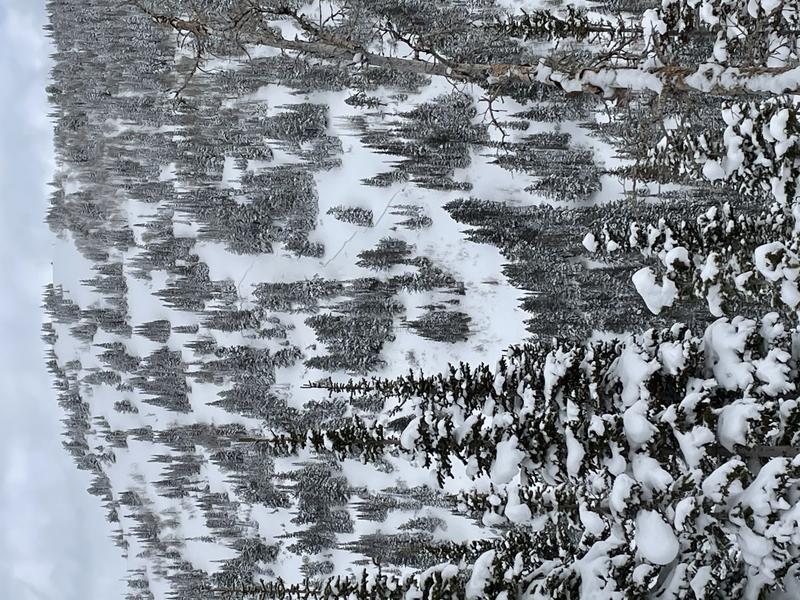On Monday, February 22, at 7 PM, the UAC will livestream a one hour review and debrief of the tragic
Wilson Glades avalanche accident, followed by a Q & A period. The link for registration is
HERE.
A good primer for this will be to listen in to Friday's RadioWest conversation about avalanches and the incident. Stream it
here or wherever you get your favorite podcasts.
We'll squeeze the last bits of water from a stone this morning from an under-producing storm. But one can't complain.
Most areas picked up another 2-4" of 6% overnight, with total snowfall in the 4-7" range. Mountain temperatures have plummeted with the passing wave and are in the single digits. West to northwest winds remain a player, blowing 35-45mph with gusts to 65, although these sustained wind speeds seem confined to the highest peaks and ridgelines. 10k anemometers spin 15-20mph with gusts to 30.
Skies will trend partly cloudy this afternoon with mountain temps in the teens up high, the low 20s down low. Temps trend warmer tomorrow.
It finally feels like we have a real winter under our feet. Riding conditions are excellent and coverage is pushing 80-120" in the higher reaches of the Cottonwoods and 50-70" along the PC ridgeline. The past week has been a blur. Read more about it in Greg Gagne's patented Week in Review.
Approximate snow and water totals over the past 10 days:
Little Cottonwood: 5-7' (4-6.75" water)
Big Cottonwood: 2-5' (2-5" water)
PC Ridgeline: 2-3' (1-2.5" water)
Ogden area: 2-3' (1-2.5" water)
Provo area: 1-2.5' (1-2.5" water)
pc: Ashley Patterson, Happiness
Dangerous avalanche conditions consume the West: The backcountry community has suffered 22 avalanche fatalities in 22 days, the most recent from Idaho and Wyoming.
INFO. Utah is up to 6 avalanche fatalities for the season.
Ski area control teams and backcountry travelers along the higher alpine ridgelines noted both sensitive cornices and sensitive but shallow wind drifts yesterday. We did not hear of any avalanches breaking into deeper layers.

